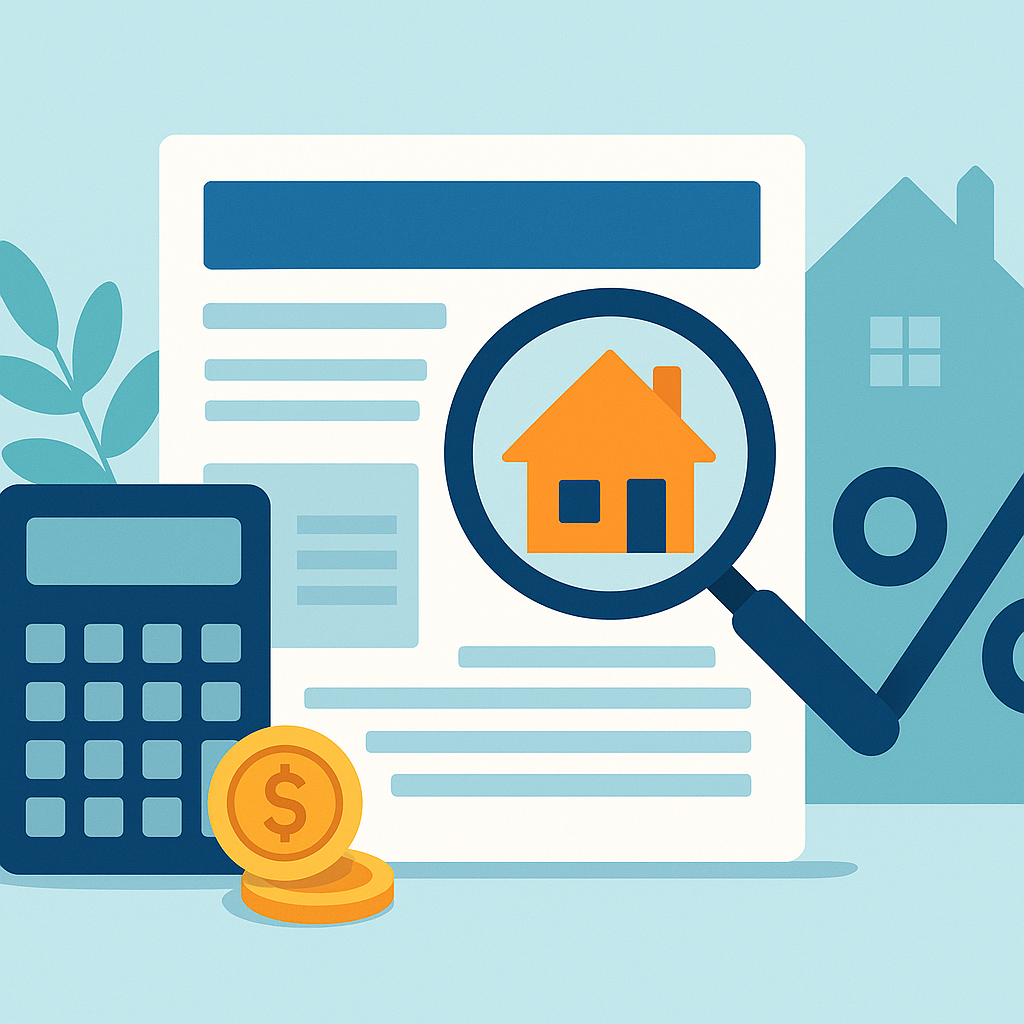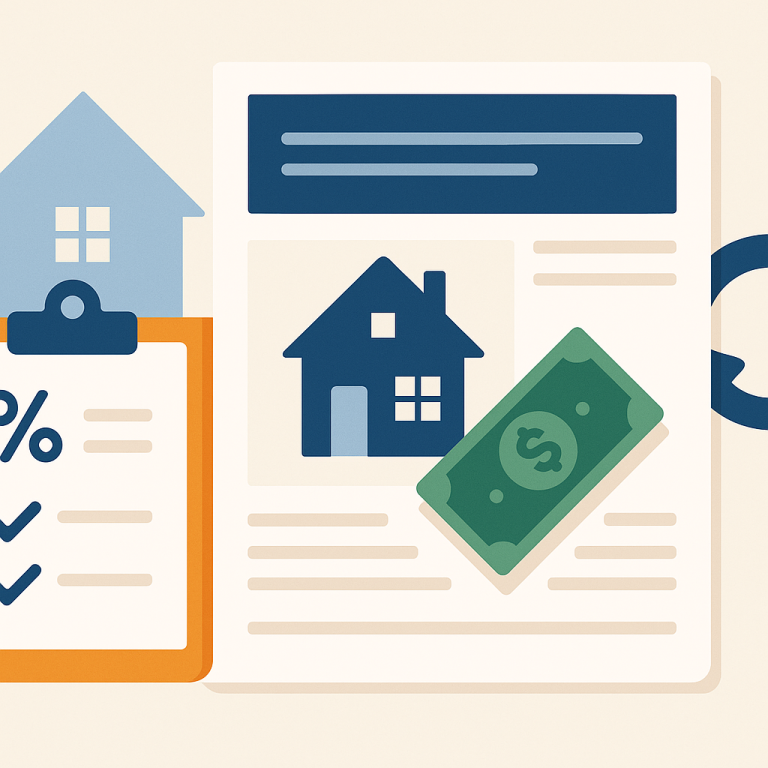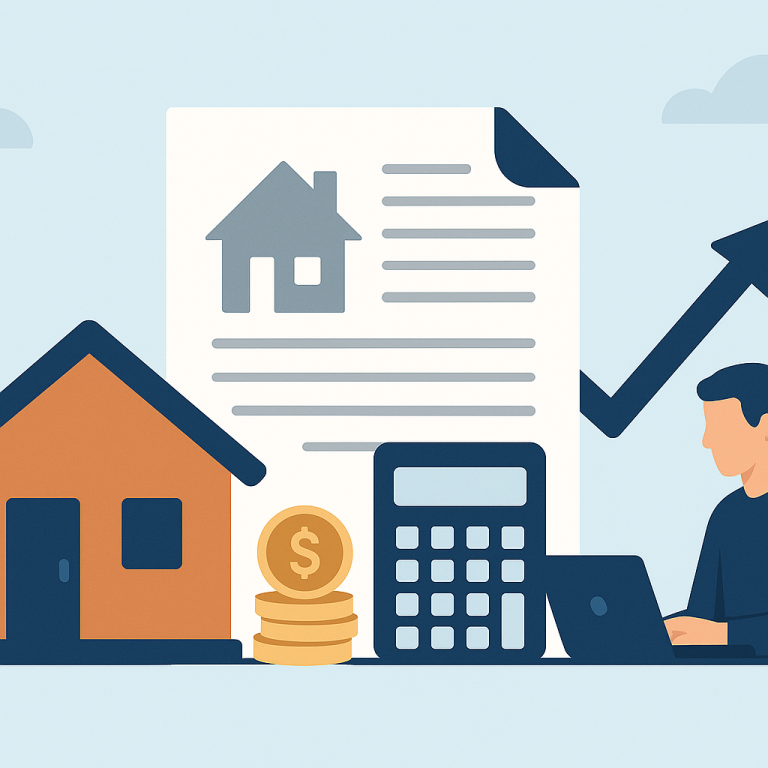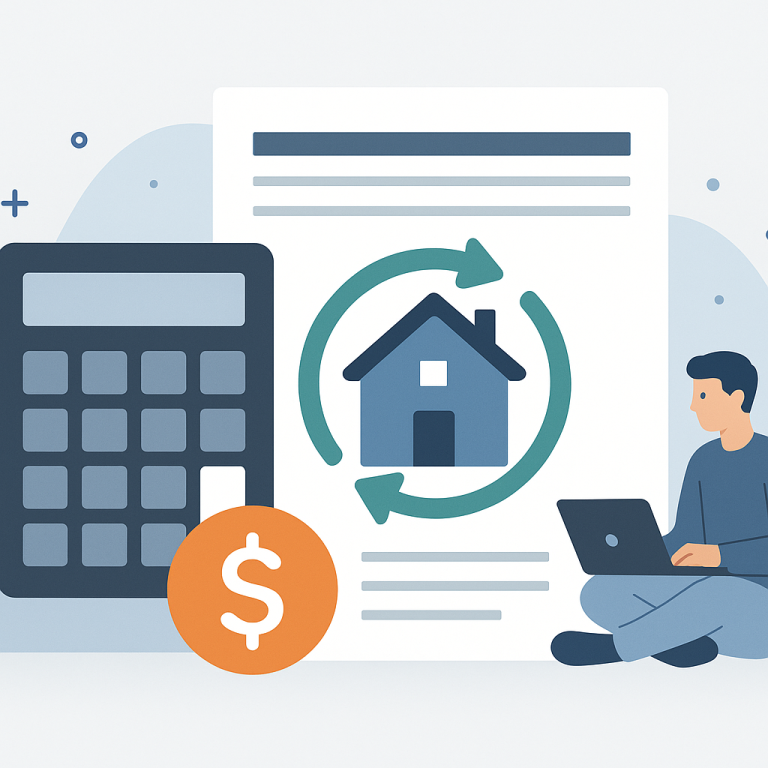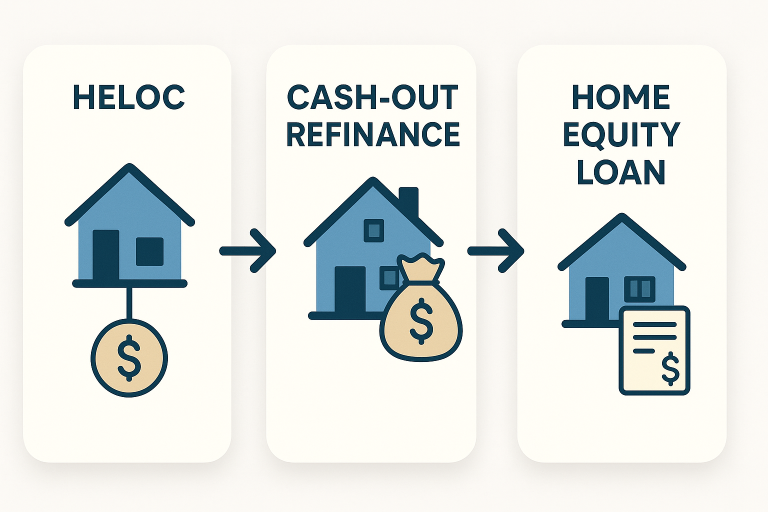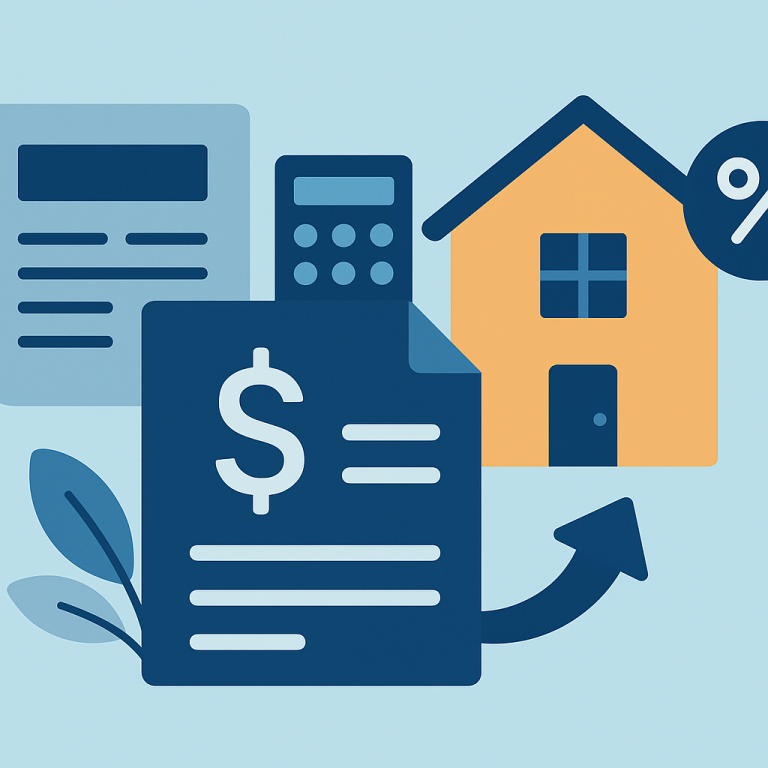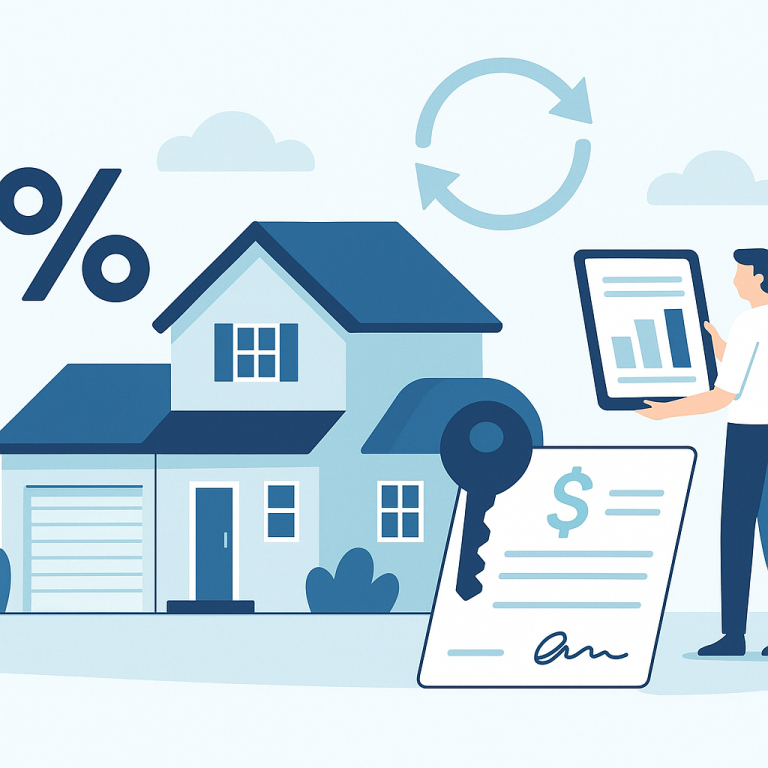30-Year Mortgage Rates Drop To 4.25% After Fed Pause, Refinance Applications Surge
At a glance: The latest mortgage rate drop and how it could affect refinancing decisions.
Mortgage rates have moved lower. That can improve affordability and may reopen refinance options for borrowers whose current rate is above today’s quotes.
What the Rate Drop Means for Borrowers
Refinancing activity is showing a notable tilt toward rate-and-term transactions that shorten loan duration rather than exclusively lowering monthly payments or extracting home equity. As borrowing costs have eased from recent peaks, many homeowners are choosing to lock a lower rate while reducing the number of years on their mortgage. The trend signals a growing emphasis on lowering lifetime interest expense and accelerating equity building.
Why Borrowers Are Reassessing Term-Length
Several factors are contributing to the move toward shorter-term refinances. Lower available rates compared with a year or two ago make it feasible for borrowers to shift from long-term loans to 15- or 20-year equivalents without a prohibitive increase in monthly obligation. Homeowners with accumulated equity — thanks to prior price appreciation and principal payments — now have more flexibility to refinance into a shorter schedule. At the same time, uncertainty about future rate movements is encouraging some borrowers to lock in today’s terms rather than delay.
Common Refinance Choices and Trade-offs
Among refinance options, three choices are most prominent:
- Rate-and-term refinancing into a shorter fixed-term loan to cut total interest paid and speed payoff.
- Rate-and-term refinancing that maintains or slightly reduces monthly payments while still shortening the loan life.
- Cash-out refinancing to access equity for renovations, debt consolidation, or other needs — typically used more selectively given changing home values and cost considerations.
Each choice carries trade-offs. Shortening a term can increase monthly payments versus extending the amortization but tends to deliver substantial interest savings over the life of the loan. Cash-out refinances raise the loan balance and change loan-to-value dynamics, which can affect pricing and eligibility.
Costs, Timing and Eligibility Considerations
Refinancing requires evaluating upfront costs, including origination fees, third-party closing costs, and any prepayment penalties on existing mortgages. Homeowners should calculate the break-even period — the time it takes for monthly savings or interest reduction to cover the refinancing costs — and compare that to their expected tenure in the home. Credit score, debt-to-income ratio, and available equity remain central to lender decisions; improved credit profiles typically yield better pricing and broader product access.
Homeowner Takeaways
- Run multiple scenarios: compare current mortgage terms with shorter-term options and include closing costs to determine the true savings.
- Prioritize goals: if the priority is reducing total interest, a shorter-term refinance may be preferable; if cash flow is the main objective, a rate-and-term that lowers monthly payments could be more suitable.
- Check eligibility and timing: confirm equity, credit, and income documentation before locking a rate, and consider how long you expect to stay in the home relative to the break-even point.
- Shop lenders: small differences in rate and fees can substantially affect outcomes for term-shortening refinances, so obtain multiple written offers.
- Weigh alternatives: for some borrowers, targeted principal prepayments or biweekly payment strategies may achieve similar goals without refinancing.
As mortgage markets evolve, homeowners who clearly define objectives and model realistic scenarios will be better positioned to decide whether a refinance that shortens the loan term makes financial sense for their circumstances.
META: refinancing-term-shortening; homeowner-takeaways; mortgage-news

